
Voicing her views on the dismal state of temple administration in India, and the movement to free Hindu temples from government control, Madhu Kishwar spoke to Shraddha Singh of Team Niti and touched upon the key issues that threaten the temple ecosystem in India.
1) Why should a ‘secular’ government control any religious institution, and why should it control only Hindu places of worship and not those of other non-Hindu denominations?
The government of India practices secularism in a very selective and in idiotic manner. It’s a strange country whereby minority religions have the freedom to run their religious institutions any which way they like by an large, though even there is a lot of mischief happening. But as far as the majority community namely the Hindu community is concerned and its various sects and its various faith traditions there are very nasty vicious controls that the government has acquired and mind you this is colonial legacy.
And the bureaucrats and the politicians that have come to control the big temples which have become the sources of loot, siphoning of money, building huge empires, they set up colleges which are also commercial ventures, they set up hospitals which are not necessarily charitable hospitals they have also become commercial ventures. Unless people understand the role of dharmasthanam in what it was, what we have lost out on and what they have become, I don’t think a free temple movement will really take off because people have come to mistrust religious figures, people in robes have become so corrupt.
2) Why do you think a national policy is important for temples in India?
Firstly people need to understand and claim their local dharamsthans. If you have aastha then you must make sure that the place where you place your aastha is operating with dignity, that it’s not ‘gundaas’ who are running it. It’s not criminal elements who are running your temples. We are not even paying attention to that. This disconnect has allowed anti-social elements to become entrepreneurs in controlling temples. It’s become big business right now.
We need a nation-wide discussion first, what were our temples. We need a nation-wide information campaign, what did dharmasthan signify, what was their role. Temple is an English word. It doesn’t communicate what a dharamsthan does.
3) How much do you think the work carried out by Swami Dayanand Saraswati will guide the #freehindutemple movement?
It’s a pity that he could not succeed in his own life time. It’s also a pity that you know- for once you have a Prime Minister who openly avows that he was his –Swami Dayanand Saraswati was his spiritual guru and he respected him a lot. I consider it as a great tragedy that Narendra Modi comes to power at a point when Swami ji himself is very sick, very old, couldn’t be active, couldn’t follow him vigorously. Had such a government come to power let’s say 15 years ago when Swami ji was still very active , he could have mobilised , he had it in him to be able to mobilise a much larger constituency to push the government into making the necessary changes. So, we’ve really lost a spiritual giant who could not have been ignored by the Prime Minister. Now we’ll have to keep reminding Narendra Modi that your spiritual guru wanted you to do certain things and so please try to at least start walking that path, start exploring the alternatives that are needed to restore the dignity of our dharmik sthans.
4) A movement has already started to free Hindu temples from government control. What are your plans to carry forward the movement in Delhi?
Firstly you call something a movement when it starts attracting a critical core. I think it’s in the preparatory stages; I wouldn’t call it a movement yet. I would say it’s at the preparatory stage; some people are working hard to prepare the ground. And just as for sowing a harvest I mean before you get a harvest you have to prepare the soil, put manure, bring seed, let it sprout ,water the fields –all that work remains to be done.
But I think we have a long way to go. And that would –in my view that includes figuring out the new institutional forms that we want to give to these dharmasthans. And rules of the game being laid out very clearly you know, how do you ensure- bring back community involvement without which none of our reform efforts are likely to work.
Source : Niti Central

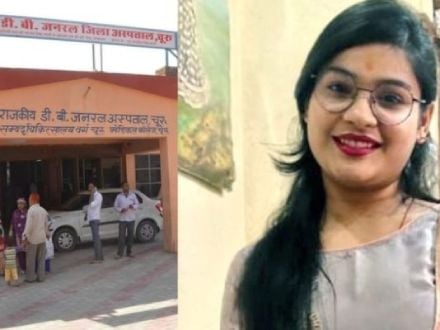 Rajasthan: Woman found hanging at a beauty parlour, Arshad, 3 others booked
Rajasthan: Woman found hanging at a beauty parlour, Arshad, 3 others booked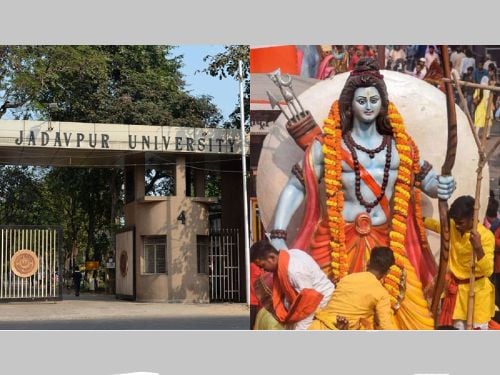 Jadavpur Univ revokes permission to celebrate Ram Navami on campus after granting it
Jadavpur Univ revokes permission to celebrate Ram Navami on campus after granting it Andhra Pradesh: Farooq kills mentally challenged Hindu man for insurance money
Andhra Pradesh: Farooq kills mentally challenged Hindu man for insurance money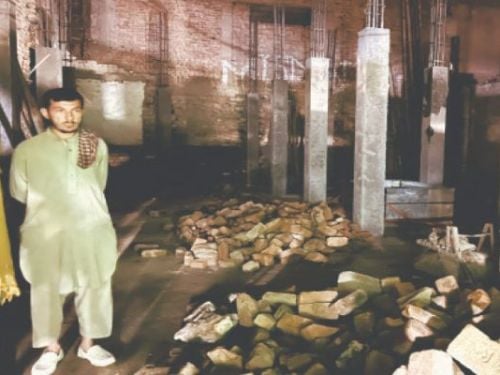 Pakistan: Ancient Hindu temple in Khyber Pakhtunkhwa demolished for commercial complex
Pakistan: Ancient Hindu temple in Khyber Pakhtunkhwa demolished for commercial complex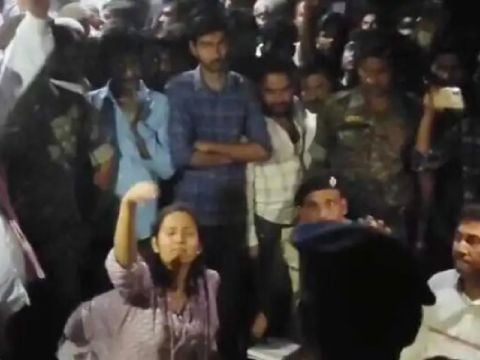 Bihar: Goddess Bhagavati Temple in Araria vandalised and deities damaged
Bihar: Goddess Bhagavati Temple in Araria vandalised and deities damaged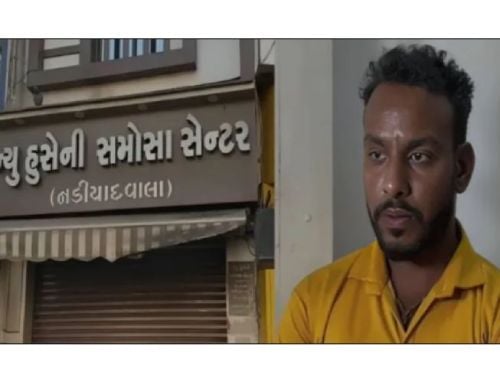 Vadodara: Beef supplier Imran Qureshi arrested in beef-stuffed samosa case
Vadodara: Beef supplier Imran Qureshi arrested in beef-stuffed samosa case